Synergies among nanotechnology, biotechnology, information technology, and cognitive science (commonly known as NBIC technologies) have dramatically improved the human condition by increasing the availability of energy, food, and water and by connecting people and information anywhere, anytime. The positive effects are to increase collective intelligence and to create value and efficiency while lowering costs.
The acceleration of technological development has opened the door to continuous and rapid worldwide economic growth and has in fact allowed the world to achieve energy sustainability using many different energy sources. The NBIC technologies are proving to be the key to a very bright future, in which machines work increasingly efficiently so that the cost of goods continues to plummet and tremendous wealth is created faster and faster for everybody. All basic necessities, as well as intellectual and physical luxuries, can be accessible to even the poorest societies, thanks to a political system that has managed to keep world peace. Space exploration, artificial intelligence, and robotics are close to a takeoff point that some experts refer to as a “technological singularity”. Meanwhile, Moore’s Law continues to hold, and computers continuously become faster and more powerful. Quantum computing, 3D circuits, and subatomic particles have given new life to Moore’s Law. It is expected that sometime soon the largest computers will have more transistors than humans have neurons in their brains. At that moment, artificial intelligence might overtake human intelligence, as some scientists suggest. That could be the beginning of an incredible scientific development when humans can be transformed into more advanced life forms: trans humans and posthumans. In fact, already some cyborgs and clones are becoming accepted and normal in some societies, and their numbers are increasing faster than those of the so-called naturals. Biological evolution, which is slow and erratic, will be overtaken by technological evolution, which is faster and directed. Humans will never be the same, and all thanks to the great new energy mix.
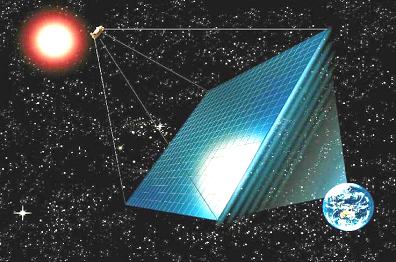 |
Solar panels In Space |
Nuclear Energy
Albert Einstein told us that the line between matter and energy is a fuzzy one. Energy can be produced by either splitting or combining atoms—processes known as fission and fusion respectively. Nuclear fission releases harmful radiation and produces large amounts of radioactive material, which can remain active for thousands of years and can destroy entire ecosystems if leaked. There is also concern that nuclear material could be used in weapons. Currently, most nuclear power plants use fission, as fusion requires tremendous amounts of energy to produce and maintain the necessary high temperatures. But a natural phenomenon known as sonoluminescence might one day provide a means of duplicating the power of the stars—which are themselves just giant nuclear fusion reactors -- in a beaker of liquid. Sonoluminescence refers to the flash of light produced when special liquids are struck by high-energy sound waves. The sound waves rip through the liquid and produce tiny bubbles that rapidly expand and then violently collapse. Light is produced in the process, but more importantly, the insides of the imploding bubbles reach extremely high temperatures and pressures -- enough, some scientists speculate, for nuclear fusion to occur. Scientists are also experimenting with methods to create controlled nuclear fusion by accelerating "heavy" hydrogen ions in a powerful electric field.
Ocean Thermal Energy Conversion
Oceans cover 70 percent of the Earth, and water is a natural solar energy collector. OTEC, or ocean thermal energy conversion, aims to exploit this fact and use the temperature differences between surface water heated by the sun and water in the ocean's chilly depths to generate electricity.
OTEC plants generally fall into three categories:
Closed Cycle: A liquid with a low boiling point like ammonia is boiled using warm seawater. The resulting steam is used to operate an electricity-generating turbine; the vapor is then cooled using cold seawater.
Open Cycle: Similar to the closed cycle OTEC, except there is no intermediate liquid. The warm seawater is converted into a low-pressure vapor that is used to generate electricity. The vapor is then cooled and turned into usable fresh water with cold seawater.
Hybrid Cycle: A closed cycle OTEC is used to generate electricity, which is then used to create the low-pressure environment necessary for the open cycle.
OTEC plants can double as fresh water sources and the nutrient-rich seawater drawn from ocean depths can be used to culture marine organisms and plants. The major drawback of OTEC is that since they operate on such small temperature differences, generally about 36 degrees Fahrenheit (20 Celsius), they are only 1 to 3 percent efficient.
Hydroelectricity
Whether falling, flowing, or otherwise moving in tides or under-ocean currents, water can be harnessed to produce electric power. Hydropower supplies approximately 20 percent of the world’s electricity. Until recently, it was generally believed that water energy is an abundant natural resource that requires no additional fuel and produces no pollution. Recent studies, however, challenge some of these claims and suggest that hydroelectric dams can produce significant amounts of carbon dioxide and methane through the decay of submerged plant material. In some cases, these emissions rival that of power plants running on fossil fuel. Another drawback of dams is that people often need to be relocated. In the case of the Three Gorges Dams Project in China -- which will be the largest dam in the world when completed in 2009 -- 1.9 million people were moved and countless historical sites were flooded and lost.
Wave energy
Another idea for large-scale renewable energy production is the use of the planet’s natural heat through harnessing the power of volcanoes. Last year work began to extract heat from volcanoes for power production. The companies Alta Rock Energy and Davenport New berry were granted licenses to test their technologies at the New berry Volcano in Oregon. They intend to inject water into the cracks in the hot rocks around the volcano and then use the steam produced to turn underground turbines.
Wave energy is not exactly a new technology, already employed-at several sites around the world, however, CNN expects that it will grow in popularity in the future due to the fact that it is much easier to predict than wind or solar power and therefore easier to integrate into the grid.
Biomass
Biomass energy, or bio fuel, involves releasing the chemical energy stored in organic matter such as wood, crops, and animal waste. These materials are burned directly to produce heat or refined to create alcoholic fuels like ethanol.
But unlike some other renewable energy sources, biomass energy is not clean, since burning organic matter produces large amounts of carbon dioxide. It may be possible, however, to offset or eliminate this difference by planting fast-growing trees and grasses as fuel supplies. Scientists are also experimenting with using bacteria to break down biomass and produce hydrogen for use as fuel.
One exciting but controversial biofuel alternative involves a process known as thermal conversion or TCP. Unlike conventional biofuels, TCP can convert practically any type of organic matter into high-quality petroleum with water as the only byproduct, proponents claim. It remains to be seen, however, whether Changing World Technologies, the company that patented the process, can produce enough oil for it to become a viable fuel alternative.
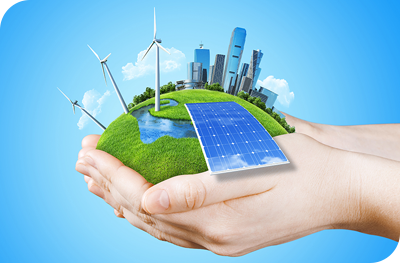

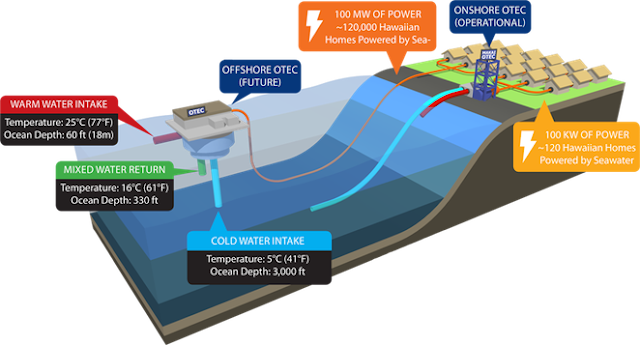
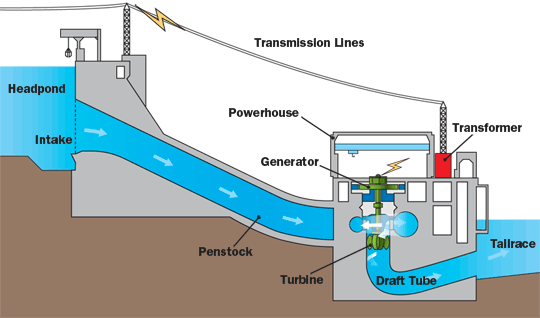
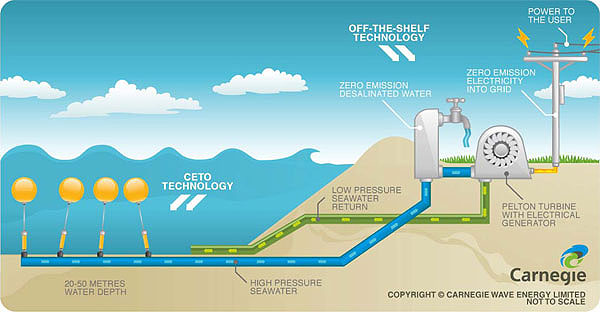
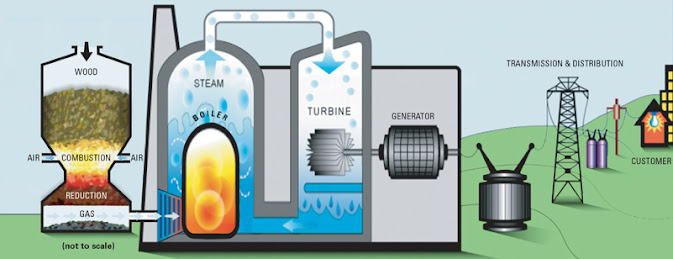

EmoticonEmoticon